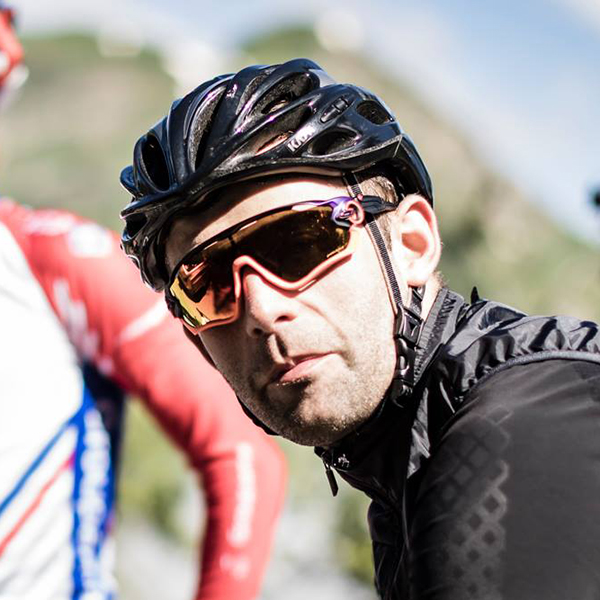Mavic’s new X-Tend electric motor system has the potential to change the way bike brands design their electric bikes.
Still in its prototype phase, Mavic has partnered with Swiss brand BMC to make its new electric bike motor system a rideable reality.
Visiting the French brand’s new campus – a €10m-plus building near Annecy – I got hands-on with the motor, and took it for an hour’s spin around the hilly local area aboard a specially modified Teammachine road bike.
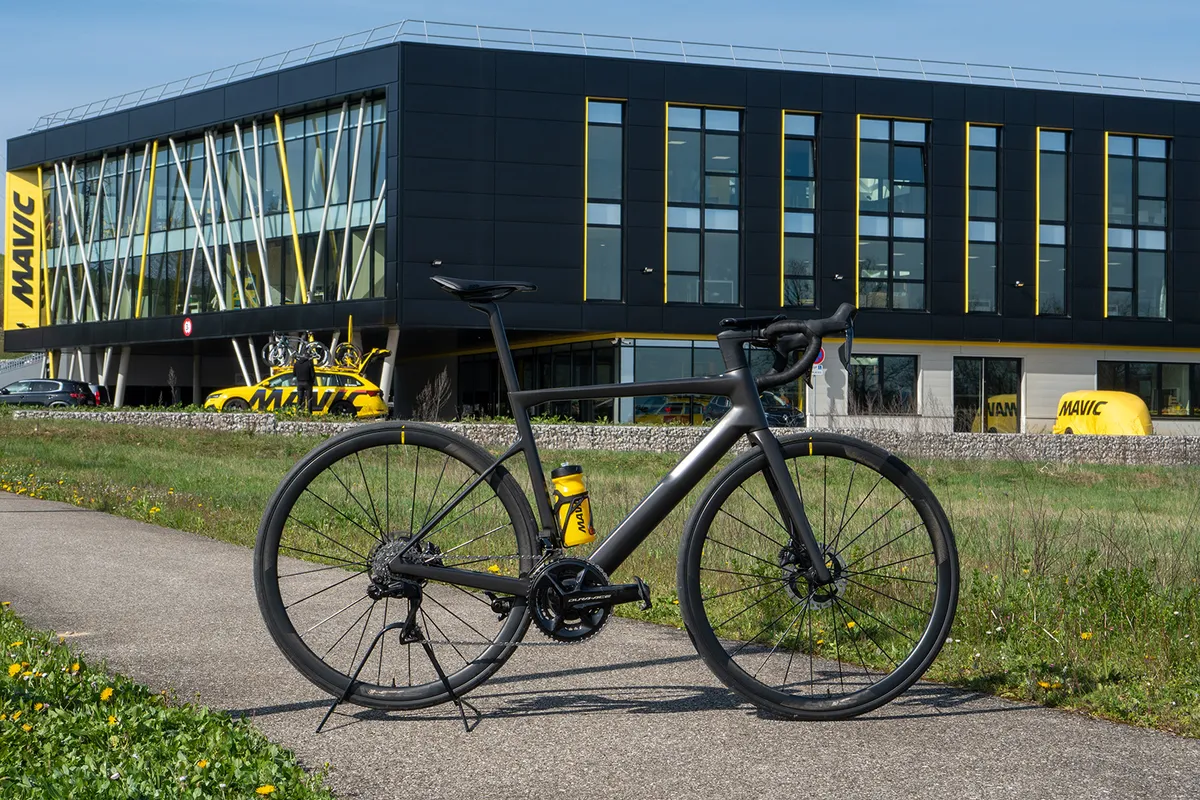
The course was designed to give a flavour of the motor’s capabilities, with more than 500m of climbing packed into its 25km length.
While there’s some development work still to do, Mavic appears to be on the right track to make a motor system that can enable the production of lighter, more ‘natural’-riding electric bikes.
Mavic X-Tend highlights
- 250W drive unit, developing up to 50Nm torque
- Can deliver up to 150 per cent pedal assistance
- 360Wh battery housed inside down tube
- Includes a power meter accurate to +/- 2 per cent
- Range extender, remote controls and apps in development
- Motor disengages from drivetrain completely when not in use
- Motor attaches to normal cranksets
- Includes 15 patents across the whole system, including the cycloidal reducer
- Mavic aims to have system ready for production bikes by 2025-2026
Mavic X-Tend ebike motor first ride impressions
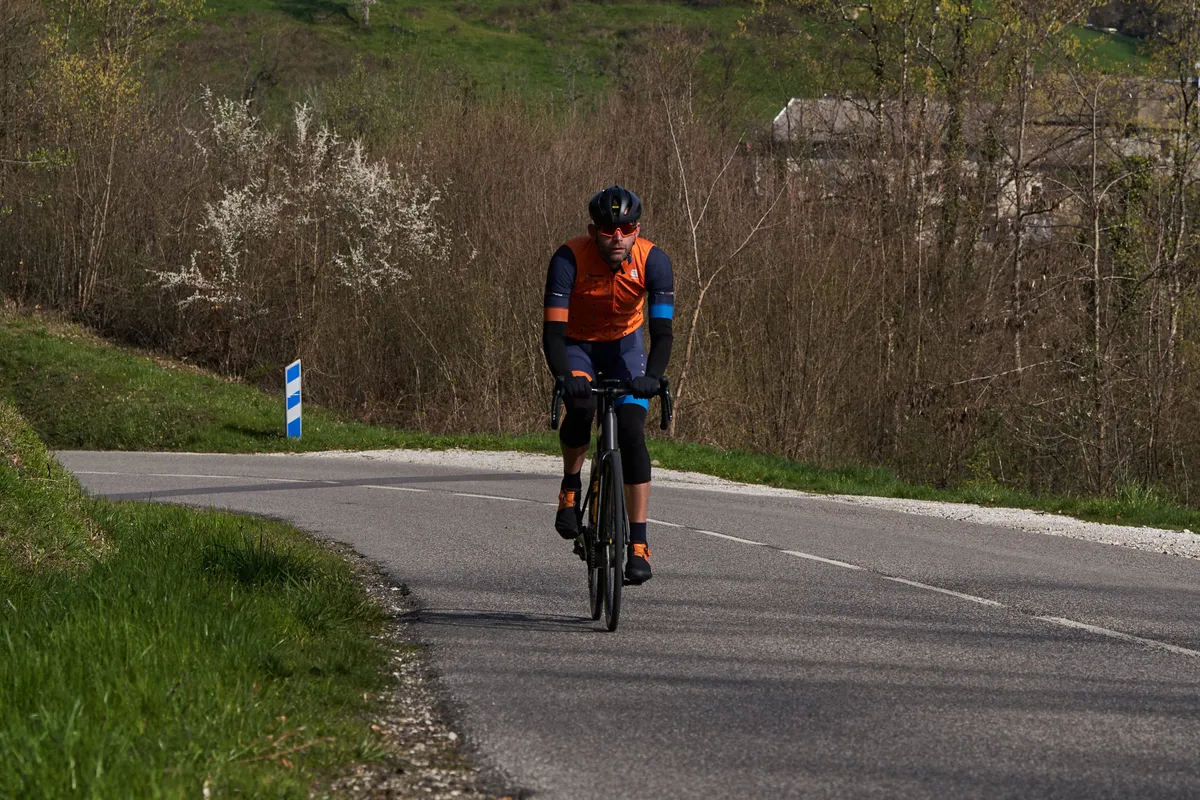
Setting out, I initially kept the motor switched off, hoping to acclimate quickly to the modified BMC Teammachine.
Later in the ride, product manager Maxime Brunand demonstrated the effectiveness of the pawl system that enables the cranks to spin freely on the bottom bracket bearings, but by this point I’d already worked out that the Teammachine mule felt like… a regular non-assisted Teammachine.
The system feels totally drag-free when disengaged.
The test bike weighed 9.7kg (without pedals and an iPhone fitted), but I was surprised by how unencumbered it felt, riding just like a non-assisted road bike.
Switch the unit on, and suddenly you get the helpful boost that – depending on your chosen mode – takes the edge off a climb, or helps you drive over it with gusto.
Pedalling motion feels smooth and natural.

Mavic had the prototype units set up to a ‘default test’ program and it’s impressive how instantaneous the assistance is.
From these points of view at least, Mavic would appear to be nearing something like production-ready behaviour – just fruits for five years of development effort.
However, there’s work to be done, in addition to the 120,000km of field testing the system is claimed to have been through already.
Mavic admits as much – this is, after all, a prototype test – but there’s a definite imbalance in power delivery between chainrings.
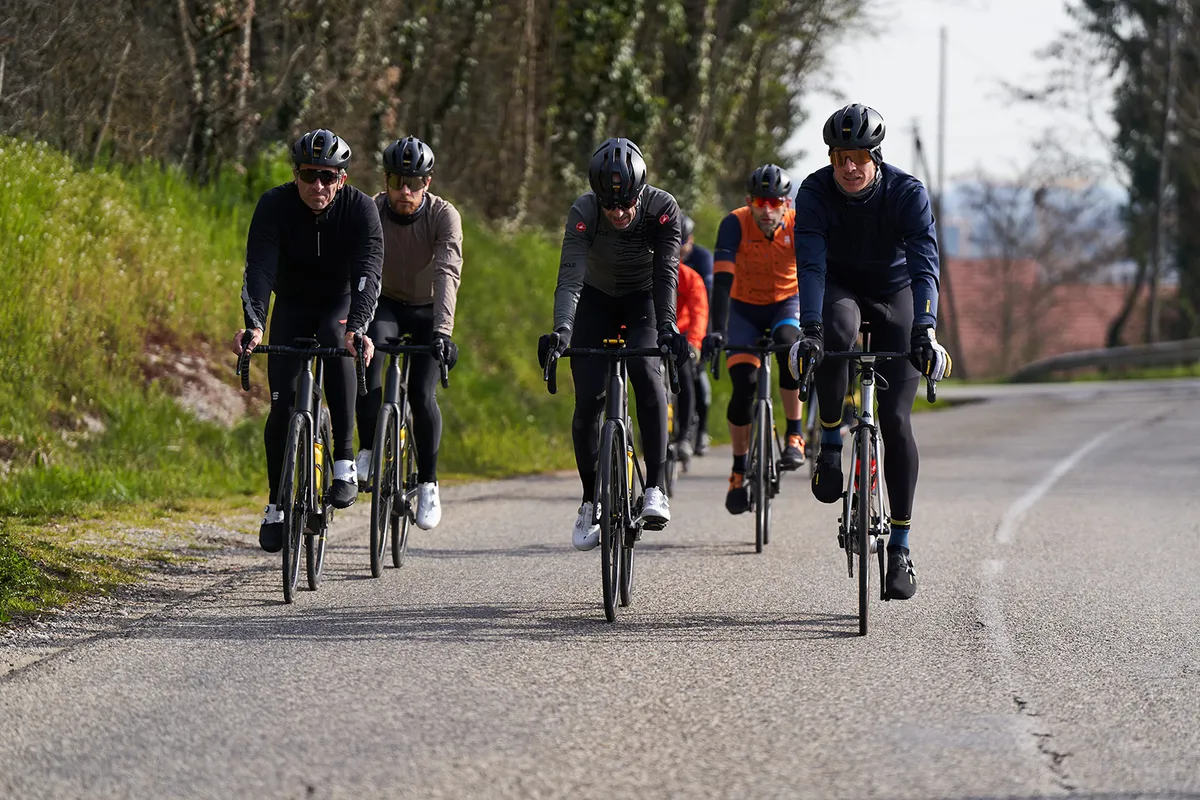
Pedalling in the small ring is far more responsive than the big ring and the system can ‘shove’ for a fraction of a second when you stop pedalling suddenly.
This happened on two occasions – when I was riding hard out of the saddle, shoving when my pedal stroke hesitated as I sat down again, and when dropping my outside foot down quickly when descending into a corner.
It’s more pronounced when the system is working in its 120 per cent top assistance mode, but I hope it will be rectified when it comes to production.
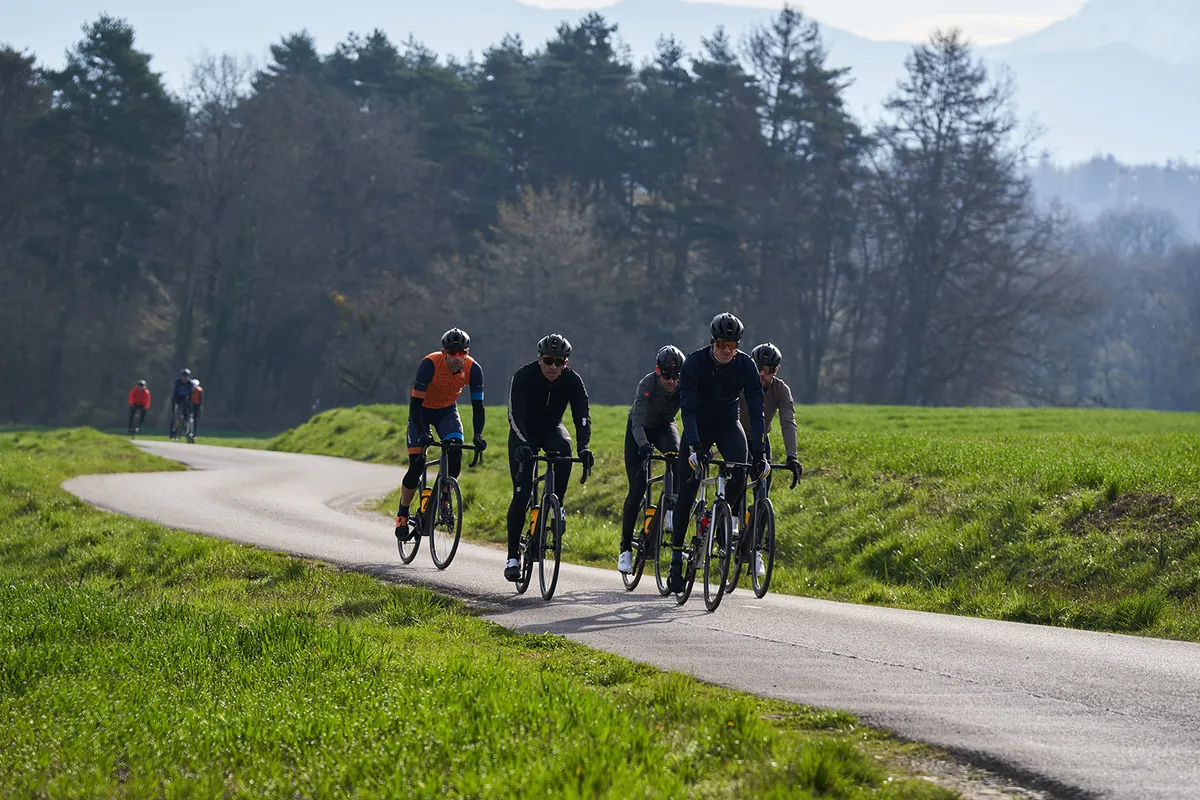
Brunand and Mavic’s R&D director Bertrand Jouve admit as much, reassuring me it's being worked on (I had a behind-closed-doors look at the test lab where the work was happening).
They also say further optimisation will occur as the system is pushed through industrialisation.
The system is a little noisy when fully engaged on a climb. I overheard fellow testers disagreeing on whether it was the volume or ‘type’ of whirring sound the motor emits. I felt it was a combination of the two.
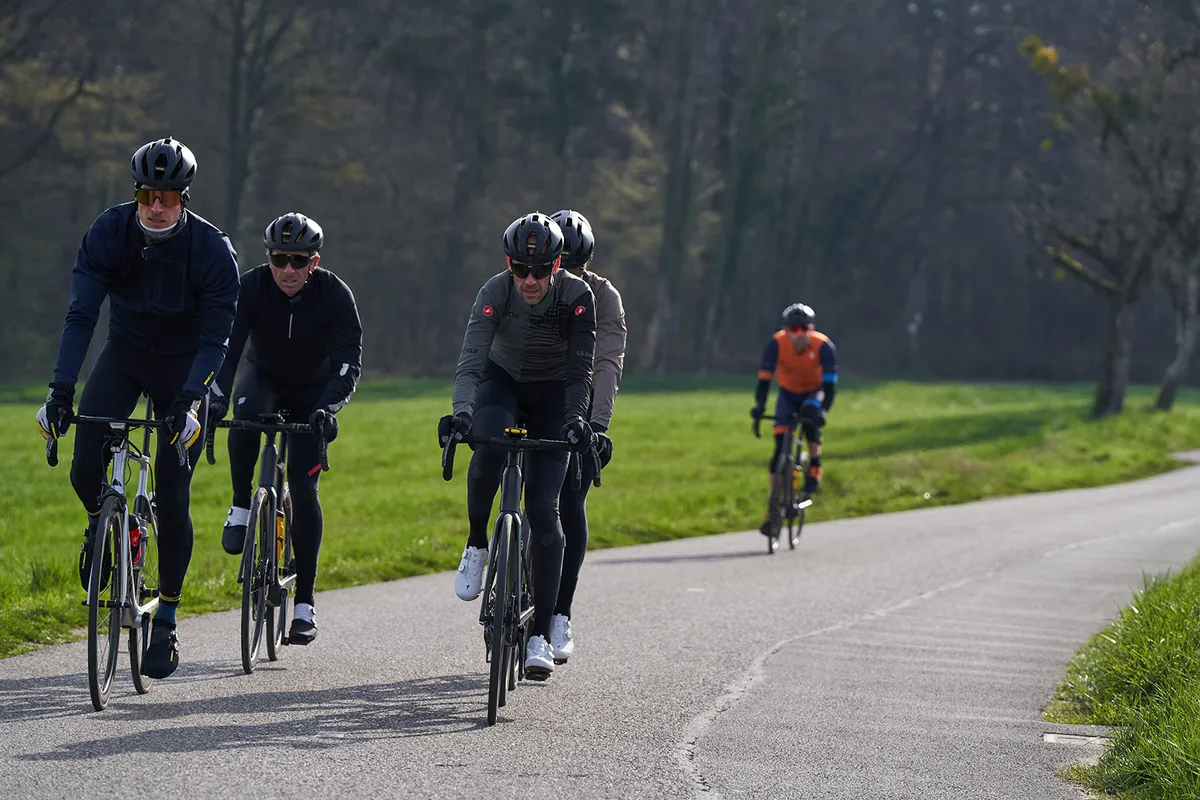
Jouve says the development team recognises the issue, and says it will likely be addressed through material experimentation as well as reprofiling of the drive unit’s patented reducer’s teeth.
No-one can say exactly when the finished article will be ready and rideable on production ebikes, but the signs are promising if my first ride is anything to go by.
